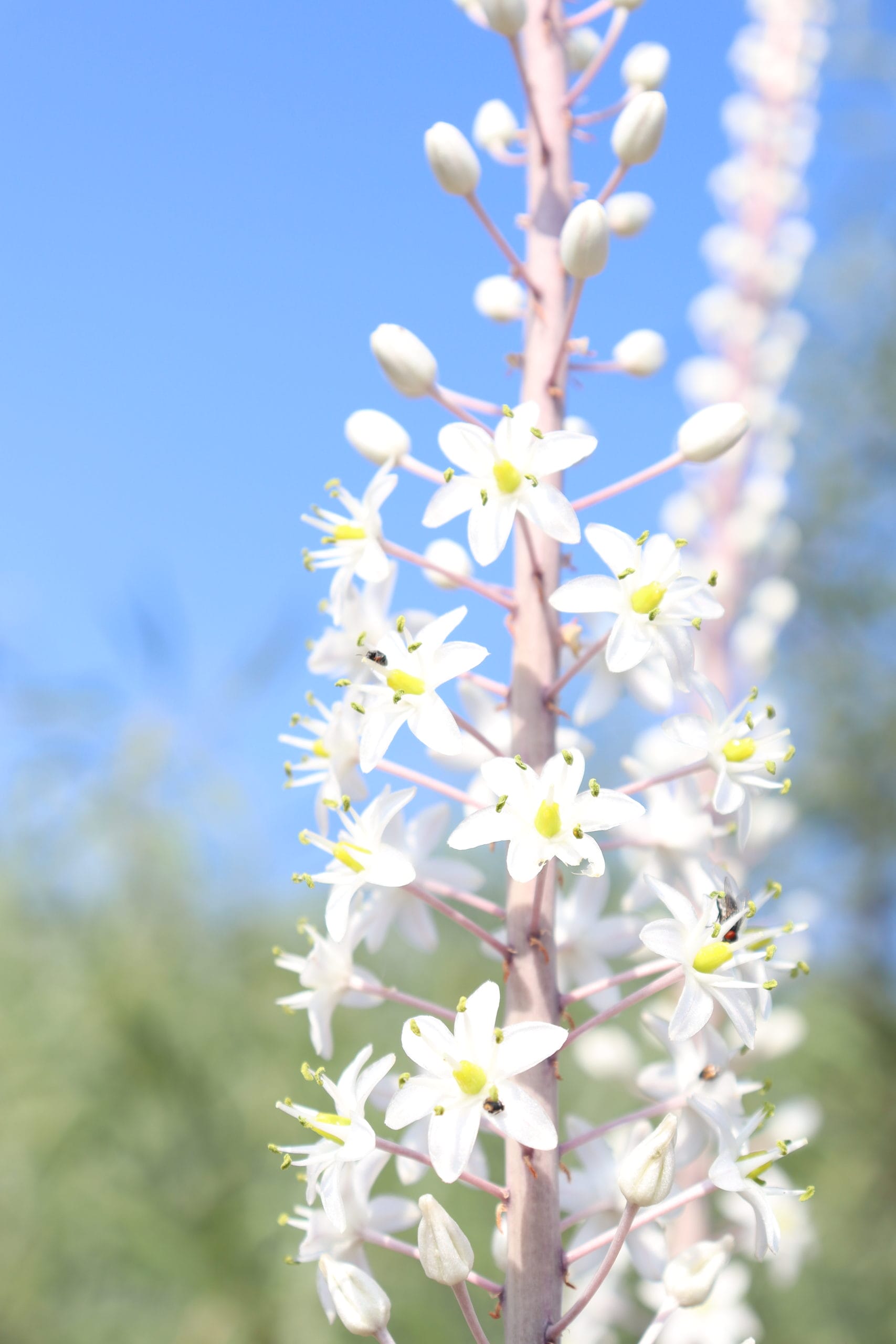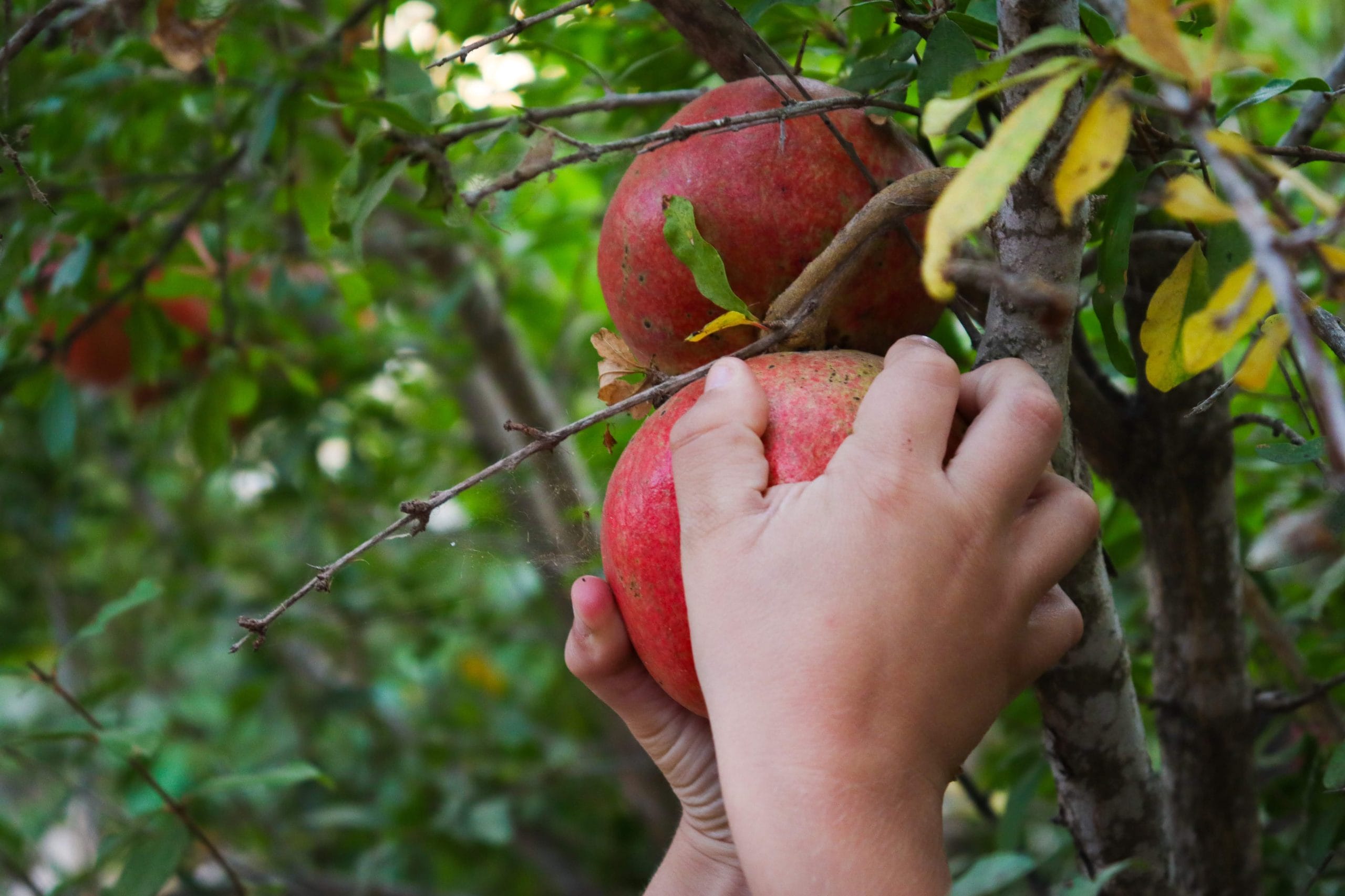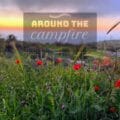
A pianist is on stage, fingers flowing over the ivory keys in a beautiful rhythm. The music is sweet and lovely, and full of passion. One man in the audience, looking dissatisfied, heads onto stage towards a set of drums in the back. He begins to play, a smooth rock and roll beat reverberating through the hall, creating a cacophonous music together with the sound of the piano.
The pianist stops playing, “What are you doing?” he asks the percussionist.
“Your rhythm is all wrong,” answers the drum player, “This is how music should sound.”
“What do you mean?” the pianist responds, “You’re playing a rock and roll beat, I’m playing classical.”
This little story is a helpful way for me to think about seasons in Israel. For many of us who’ve come from lands far away, our ideas of the rhythm of seasons seem to be the only correct ones.
I’m from New Orleans, Lousiana, a city with unusual and fickle weather. It’s hot and rainy in the summertime. And you never really know whether to wear a jacket or shorts in the wintertime.
But for anyone from much of North America, Canada, or the United Kingdom, the weather follows a very particular pattern. Fall means that leaves change color. It cools down, just in time for the Jewish Holidays of Rosh Hashana and Sukkot.
Winter means cold and snow, not rain. The rainy season is springtime, when April showers bring May flowers. Just like in Israel, summer means heat. But there’s also plenty of rain, keeping the landscape green and fresh.
For many years, I can remember being almost angry at the lack of these seasonal changes in Israel. There were no color changing leaves in early September. Winter brought torrents of cold and dreary rain. And the summer heat was relentless, not a raindrop in sight. What kind of place was this?
It was only recently that I understood: Israel has its own, beautiful seasonal rhythm. It’s not the country that had it all wrong – it was me.
In Israel in autumn, squill flowers (hatzav) blossom. You can see them popping up all over the place, tall and white, next to grape vines heavy with hanging fruit. Figs and pomegranates are ripe on the trees, along with olives, just a few months away from picking time. Nature feels like a cornucopia, abundance and plentitude hanging from every branch. Flocks of birds begin to migrate overhead, seemingly oblivious to the fact that it’s still hot outside.
To me, winter is the most beautiful season. Rain falls, sometimes misty and sometimes in torrents, turning the landscape green and lush. Flowers bloom everywhere. It’s the best time of year for hiking – the trails are quiet and beautiful.
Come springtime, the flowers are at maximum capacity, the weather is fair and cheery. Red anemone flowers have been replaced by red poppies.
And then there’s summer, when faded flowers bloom. The sun shines always. You know your day outdoors will never be spoiled by an unexpected rainstorm. Every day is a great day for a water hike.
Tune into these small seasonal changes, and you’ll begin to see it: Israel has its own defined seasons, with unique events signifying their arrival. Get into the rhythm of the seasons of this Land, and you’ll no longer feel frustrated at what feels like an endless summer when it should be fall. Instead, you’ll look up at the sky and watch migrating birds officially announce the change in season.








